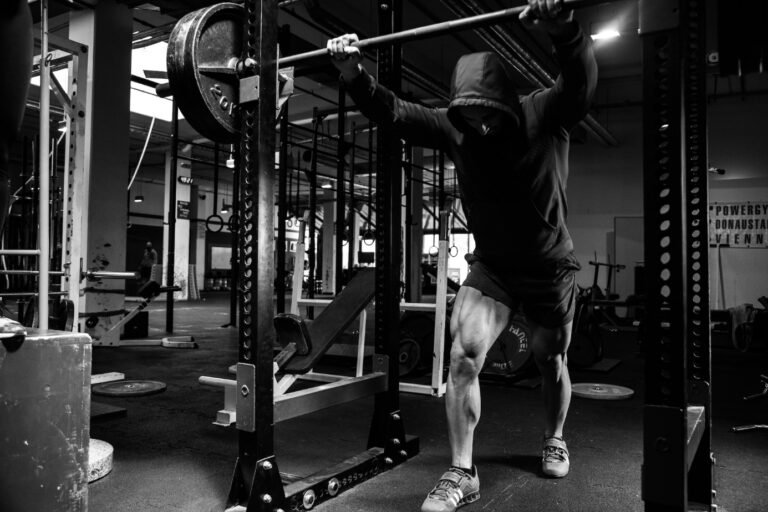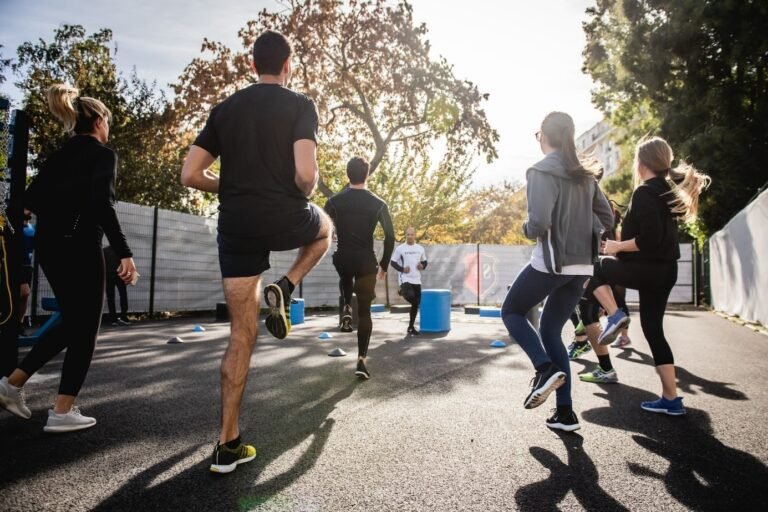Benefits of Exercises and Fitness
How to get started and how to improve ?
Fitness means functionality and improves your ability to carry out daily activities. And no, you don’t have to spend hours at the gym to get in shape. Peter Stark/Getty Images Many people try to be fit. After all, fitness equals health. Good general physical condition is associated with a reduced risk of chronic disease and an improved ability to cope with emerging health problems.Better physical condition also promotes better functioning and lifelong mobility. And in the short term, exercise can help with daily functioning, from better mood to better focus to better sleep. Simply put, our bodies are designed to move and function best when we are in peak condition. However, it’s also important to realize that there are many ways to keep fit (think dancers versus bodybuilders, or sprinters versus gymnasts). And fitness doesn’t have “looks”.In fact, appearance does not necessarily reveal a person’s habits, whether they are actually physically active or even athletic.


-
What it means to be fit
According to the United States Department of Health and Human Services (HHS) physical activity guidelines for Americans, physical fitness consists of five components:
-
Cardiorespiratory Fitness
:Your VO2max is a commonly used measure. It’s your body’s ability to take in and use oxygen (which nourishes all of your tissues), something that’s directly related to your health and quality of life, says Dr. Abbie Smith-Ryan, Professor and Director of the Applied Physiology Laboratory at the University of North Carolina at Chapel Hill.
-
Musculoskeletal Fitness: Includes muscular strength, endurance and power.
- Flexibility:This is the range of motion of your joints.
- Balance : This is your ability to stand up straight and balance to avoid falling.
- Speed : This is the speed at which you can move. A widely cited, peer-reviewed academic paper from 1985 defined the difference between “physical activity” (body movement that uses energy), “exercise” (planned and organized physical activity) and “physical fitness”. “The article defines physical fitness as a set of attributes that people possess or attain that determine their ability to perform daily activities with strength and alertness without undue fatigue. Cardiorespiratory endurance, muscular endurance, muscle strength, body composition, and flexibility are components that can also be used to measure fitness, according to this article. In the real world, efficiency equals functionality, says Dr. Smith Ryan. For example, can you carry groceries or climb stairs without running out of breath?Is it possible to walk in the yard with children? can you climb stairs.


Exercise isn’t the same as health due to the fact exercising is what you do to enhance your health.
-
Frequently asked questions and answers
- What is the best way to start practicing?
Start with short sequences of movements, e.g. B. getting up from your desk and walking around your home/office, climbing stairs or walking your dog around the block.
- Do I want a non-public trainer?
- Is half-hour of exercising an afternoon enough?
- How do I know if I’m exercising enough or if I need to increase the intensity of my exercise?
- Do I have to exercise when I’m sick?
-
Types of fitness
Physical fitness consists of several key components, all of which are important in developing a comprehensive exercise program. Below are the physical activity guidelines for Americans that HHS highlights as items to include in your weekly exercise routine. (It should be noted that many definitions of fitness also include other elements such as endurance, muscular endurance, strength, speed, balance and agility – as mentioned above. )


-
Aerobic (cardiovascular) exercise :
Aerobic is the foundation of any fitness program – and with good reason. This type of physical activity, also called cardiovascular exercise or cardio, increases heart and breathing rates, which improves cardiorespiratory fitness, according to the American Heart Association. Aerobic exercise includes activities such as brisk walking, running, cycling, swimming, aerobic fitness activities (such as kickboxing), tennis, dancing, gardening, tennis, and jumping rope, according to physical activity guidelines.
- Strength training : Is an important way to improve mobility and overall function, especially as you age. “As you age, you lose muscle mass, which can have a significant impact on your quality of life.Strength training builds strong bones and muscles, and more muscle protects your body from falls and fractures that can occur with age,” says Dr. Robert Sallis, general practitioner at the Kaiser Permanente in Fontana, California American College of Sports Medicine (ACSM). According to the ACSM, the definition of strength or endurance training is an exercise “aimed at increasing muscle performance by exercising a muscle or muscle group against external resistance. Carrying heavy loads and even strenuous gardening per HHS physical activity guidelines.







